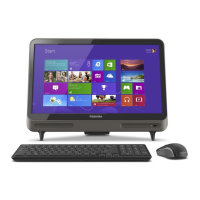
Do you have a question about the Toshiba LX815-D1310 and is the answer not in the manual?
Guidelines for protecting stored data against loss or alteration due to device failure.
Disclaimer regarding the computer's unsuitability for critical applications like life support systems.
Computer's power management settings, including Sleep mode for energy conservation.
Instructions for connecting and setting up wireless keyboards and mice.
Step-by-step guide to powering on the computer for the first time.
Recommended procedure to create recovery media for system restoration.
Steps to restore the system using previously created recovery media.
Process to refresh the PC to factory defaults while attempting to save user data.
Procedure to remove all data and reinstall Windows, effectively resetting the PC.
Introduction to the Windows Start screen as a launching pad for applications and system tasks.
Description of Windows Charms (Search, Share, Start, Devices, Settings) for accessing functions.
Overview of standard desktop features like icons, taskbar, and notification area.
A utility for quick access to computer functions and settings customization.
Monitors power savings and tracks real-time power consumption.
Sets a password to restrict access to system settings.
Sets a password to prevent unauthorized users from starting the computer.
Helps diagnose problems with computer devices.
Utility to create recovery media for returning the system to its out-of-box state.
Troubleshooting common issues like unresponsive applications.
Diagnosing and resolving issues encountered during computer startup.
Utilizing startup options to troubleshoot operating system and settings issues.
Troubleshooting slow internet connections and browser access issues.
Viewing device properties, including manufacturer, type, and installed drivers.
Tips for troubleshooting drive access issues and missing files.

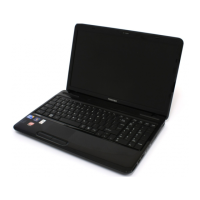

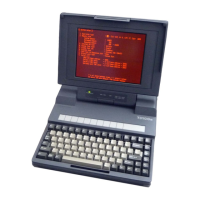
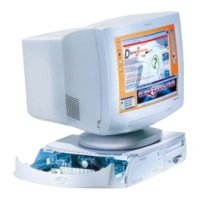

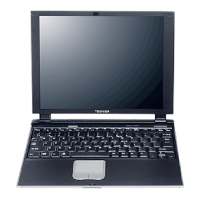
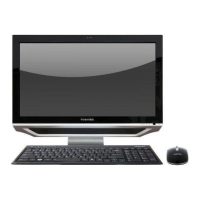

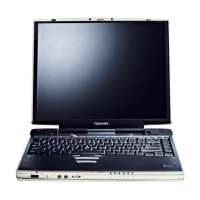
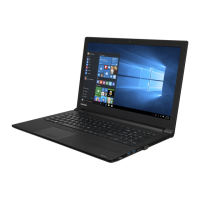
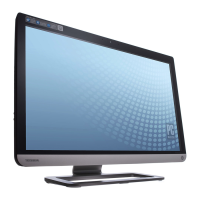
